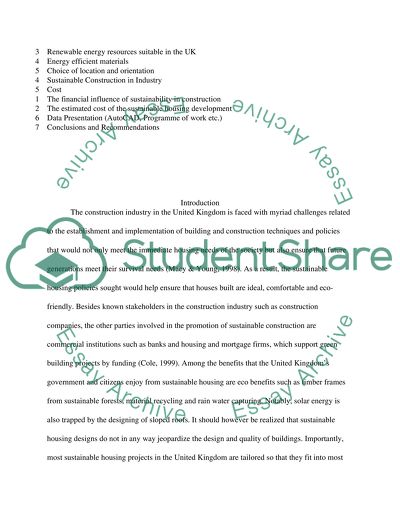Cite this document
(“Sustainable Housing Dissertation Example | Topics and Well Written Essays - 3000 words”, n.d.)
Retrieved from https://studentshare.org/engineering-and-construction/1393148-sustainable-housing
Retrieved from https://studentshare.org/engineering-and-construction/1393148-sustainable-housing
(Sustainable Housing Dissertation Example | Topics and Well Written Essays - 3000 Words)
https://studentshare.org/engineering-and-construction/1393148-sustainable-housing.
https://studentshare.org/engineering-and-construction/1393148-sustainable-housing.
“Sustainable Housing Dissertation Example | Topics and Well Written Essays - 3000 Words”, n.d. https://studentshare.org/engineering-and-construction/1393148-sustainable-housing.


